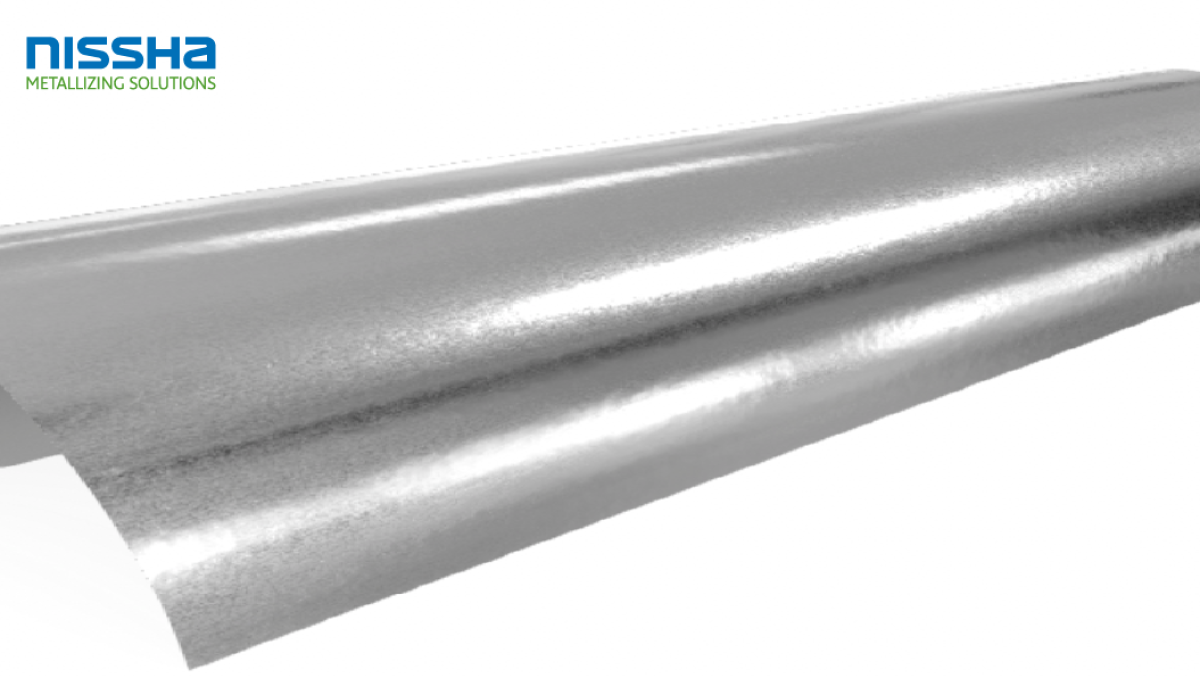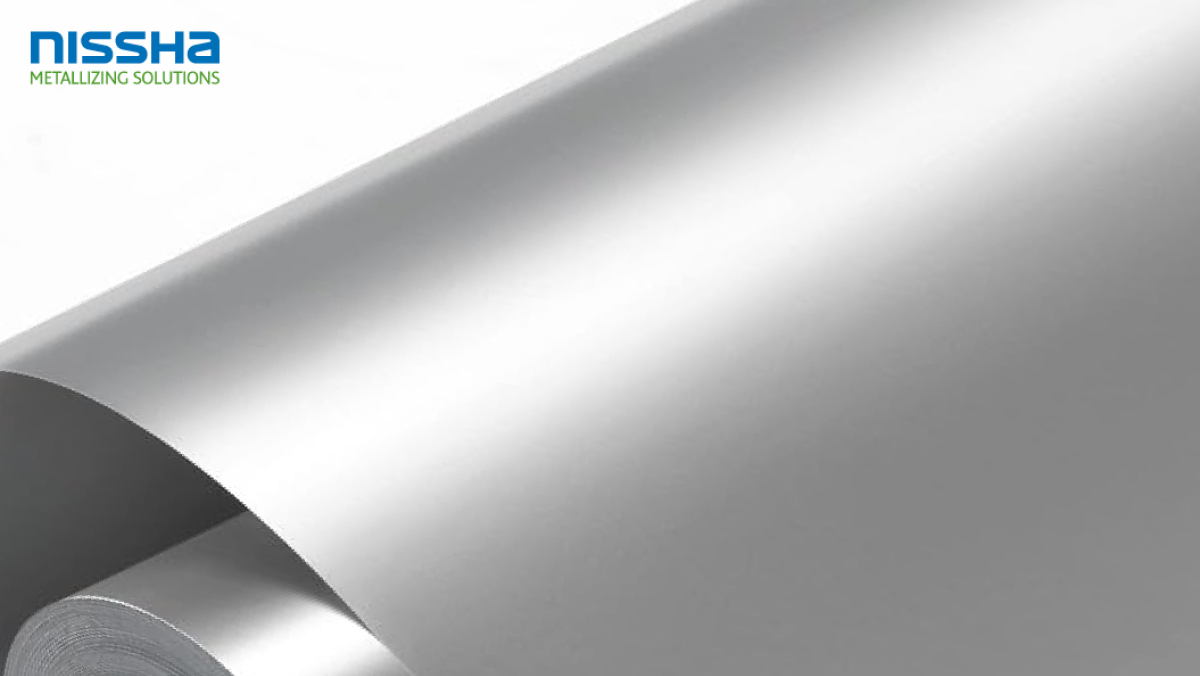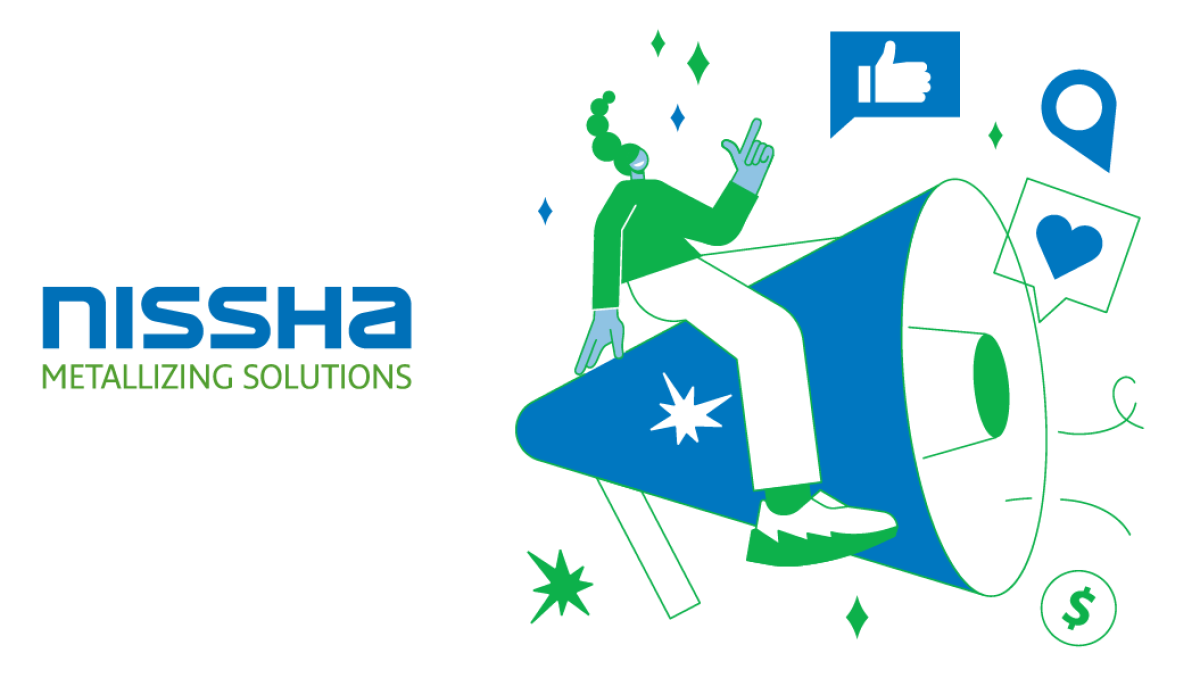3. The Attractivess of Packaging
Episode 3: Glossy vs. Matte: The Role of Surface Texture in Packaging Perception
Introduction
In this third edition of our mini-series on the attractiveness of packaging, we delve into the debate between glossy and matte finishes. Both finishes have their unique appeal and impact on consumer perception, but how do they influence purchasing decisions? This article explores the psychological and practical differences between glossy and matte packaging, with real-world examples from the European Union (EU), Latin America (LatAm), and the United States (US).
The Psychological Impact of Glossy and Matte Finishes
Surface texture is a powerful element in packaging design that significantly affects how consumers perceive a product. Glossy and matte finishes, in particular, evoke different emotions and associations that can influence buying behavior.

Glossy Finishes
Glossy surfaces are often associated with luxury, sophistication, and modernity. The reflective nature of a glossy finish catches the eye and creates a sense of vibrancy and dynamism. This finish is often used to convey high quality and premium status, making it a popular choice for luxury goods, electronics, and beauty products.
Research shows that glossy finishes can create a stronger emotional response compared to matte finishes. The shine and sheen of glossy packaging can make the product inside appear more valuable and desirable. This is particularly effective in industries where appearance plays a crucial role in the consumer’s decision-making process.

Matte Finishes
On the other hand, matte finishes evoke feelings of subtlety, elegance, and authenticity. The non-reflective surface of matte packaging offers a more understated and refined look, which can appeal to consumers seeking simplicity and sophistication. Matte finishes are often perceived as more tactile and approachable, inviting consumers to touch and interact with the product.
Matte packaging is commonly used for products where the brand wants to convey a sense of authenticity, naturalness, or sustainability. It’s a popular choice in industries such as artisanal foods, natural cosmetics, and eco-friendly products, where the matte texture aligns with the brand’s values and messaging.
The Role of Glossy and Matte Finishes in Consumer Decision-Making
The choice between glossy and matte finishes can have a significant impact on how a product is perceived and, ultimately, on consumer behavior. Here’s how each finish can influence purchasing decisions:
1. Visual Appeal and Shelf Presence:
- Glossy Packaging: The reflective quality of glossy packaging makes it stand out on the shelf, particularly under bright store lighting. This increased visibility can draw the consumer’s eye and lead to higher levels of engagement. For example, a glossy wine bottle might catch the light and draw attention, leading to higher sales compared to a matte bottle placed next to it.
- Matte Packaging: While matte packaging may not have the same level of visibility as glossy finishes, it offers a unique appeal through its understated elegance. Matte packaging can create a sense of exclusivity and minimalism, appealing to consumers who prefer subtlety over shine. This is particularly effective in markets where consumers are looking for high-quality, understated products, such as luxury skincare or gourmet foods.
2. Perceived Value and Quality:
- Glossy Packaging: Glossy finishes often enhance the perceived value of a product, making it seem more premium. This is why many high-end brands opt for glossy packaging, as it reinforces the notion of luxury and exclusivity. For instance, a glossy box for a high-end smartphone can make the product feel more valuable, contributing to the consumer’s willingness to pay a higher price.
- Matte Packaging: Matte finishes, on the other hand, can convey quality through simplicity and elegance. The tactile nature of matte packaging often makes it feel more substantial and high-quality, even without the reflective properties of gloss. This finish is particularly effective for brands that want to emphasize craftsmanship, purity, or sustainability.
3. Consumer Interaction and Tactility:
- Glossy Packaging: The smooth, reflective surface of glossy packaging can create a desire to pick up and examine the product more closely. The sensory experience of interacting with glossy packaging can enhance the consumer’s emotional connection to the product, making them more likely to purchase.
- Matte Packaging: Matte packaging offers a different tactile experience, one that feels soft and pleasant to the touch. This texture invites consumers to engage with the product physically, which can increase their attachment to the brand. In industries like cosmetics or artisanal foods, where the sensory experience is a key part of the brand’s appeal, matte packaging can be a powerful tool.
Concrete Examples of Glossy and Matte Packaging Success
1. European Union: Guerlain (France)
Guerlain, a luxury French perfume and cosmetics brand, has effectively used glossy and matte finishes to appeal to different consumer segments. For its premium perfumes, Guerlain uses glossy, reflective bottles that exude luxury and sophistication. These bottles are not just containers but also pieces of art that consumers proudly display, contributing to Guerlain’s status as a high-end brand.
In contrast, Guerlain’s natural skincare line uses matte packaging to convey purity and simplicity. The matte finish aligns with the product’s natural ingredients and eco-friendly message, attracting consumers who prioritize sustainability. This strategic use of matte packaging has helped Guerlain tap into the growing market for natural and organic beauty products in the EU.
2. Latin America: Natura (Brazil)
Natura, one of Latin America’s leading cosmetics and personal care brands, has successfully utilized both glossy and matte finishes to enhance its market appeal across the region. For its luxury fragrance line, Natura employs glossy, reflective packaging that conveys elegance and sophistication. The brand’s premium perfumes, often marketed as gifts or special purchases, are presented in glossy bottles that enhance their desirability and justify their higher price points.
Conversely, Natura’s Ekos line, which is inspired by the natural richness of the Amazon, uses matte finishes with earthy tones and simple designs. The matte packaging effectively communicates the brand’s commitment to sustainability and natural ingredients, resonating with consumers who value eco-friendly products. This dual approach has allowed Natura to expand its consumer base in Latin America, appealing to both luxury and environmentally conscious markets.
3. United States: Dove
Dove, a brand known for its commitment to real beauty and self-care, has effectively utilized both glossy and matte packaging to cater to different consumer needs. Dove’s body wash products often feature glossy, smooth bottles that evoke cleanliness and softness, enhancing the product’s appeal as a luxurious yet accessible option for everyday use.
Conversely, Dove’s “Men+Care” line uses matte, textured packaging to convey strength and ruggedness, appealing to male consumers. The matte finish gives the packaging a more robust and masculine feel, which has helped Dove successfully expand its market share in the highly competitive men’s grooming sector in the US.
The Practical Considerations: When to Choose Glossy vs. Matte
While both glossy and matte finishes offer unique advantages, choosing the right one depends on the product, the brand, and the target market. Here are some practical considerations:

1. Brand Identity
If your brand is associated with luxury, innovation, or high energy, a glossy finish might be the best choice. Glossy packaging enhances these qualities and makes the product stand out as a premium offering.
For brands that emphasize natural ingredients, sustainability, or simplicity, matte packaging may be more appropriate. The matte finish conveys these values more effectively and appeals to consumers who prefer an understated aesthetic.

2. Product Type
Products that benefit from a strong visual presence, such as cosmetics, electronics, or premium beverages, often do well with glossy packaging. The reflective surface can enhance the product’s appeal and attract attention in a retail setting.
Matte packaging is ideal for products where the tactile experience is important, such as artisanal foods, skincare, or eco-friendly items. The soft, textured feel of matte packaging can create a deeper connection with consumers who value authenticity and quality.

3. Target Audience
Younger consumers, especially those in dynamic and trend-driven markets, may respond better to glossy packaging that feels modern and vibrant.
Older consumers or those in niche markets may prefer the sophistication and elegance of matte packaging, which often feels more timeless and refined.
Conclusion
The choice between glossy and matte packaging is more than just an aesthetic decision; it’s a strategic one that can significantly impact how consumers perceive your product and, ultimately, whether they choose to buy it. As we’ve seen from examples in the EU, Latin America, and the US, both finishes have their place in effective packaging design, depending on the brand’s goals and target audience.
In the next episode of our mini-series on the attractiveness of packaging, we’ll explore how glossiness is particularly effective in conveying quality and prestige, and why some of the world’s most successful luxury brands swear by this finish.